Birding Formosa
By Eddie Bartley
On a recent visit to Taiwan, we rejoined our friends and most excellent local wildlife guides Stone and Richard for what we affectionately referred to as our “Taiwan recon” tour. Our goals were to firm up plans for a Golden Gate Bird Alliance tour in October 2015 while improving our birding skills and photography of Taiwan’s wildlife. To say it was “fun” for us would be a colossal understatement. It was a trip chock full of beautiful wildlife, awesome scenery, delicious food, wonderful company, and surprise encounters.
Taiwan, at less than 1/10th the size of California, has recorded at least 626 bird species, more than 20 of which are endemics (only here). By Pacific Island standards, that number of endemic species is not all that impressive — neighboring Philippines with its many tiny islets boasts over 200 endemics. What is impressive however is the “absolutely gorgeous” factor of many of the Taiwan specialties and how relatively easy it is to see them. Many of the unique birds here are fairly common in their habitat. On this 10-day tour we were able to see all but one of the endemic birds and most of the endemic sub-species.

Common names of uncommonly beautiful birds
As on many other islands, the common names of Taiwan’s endemic birds are often simply preceded by the current island name itself as in the Taiwan… Partridge, Barbet, Cupwing, Bush-Warbler, Fulvetta, Yuhina, Hwamei, Barwing or, the ultra-rosy “Taiwan Rosefinch,” a.k.a. “Rosyfinch.”
In some cases, the popular former name bestowed on this lovely sub-tropical locale by early Portuguese Sailors –“Isla Formosa”, meaning the “beautiful island” — is used, as in the sweet singing Formosan Whistling Thrush or the fabulously blue Formosan Magpie.
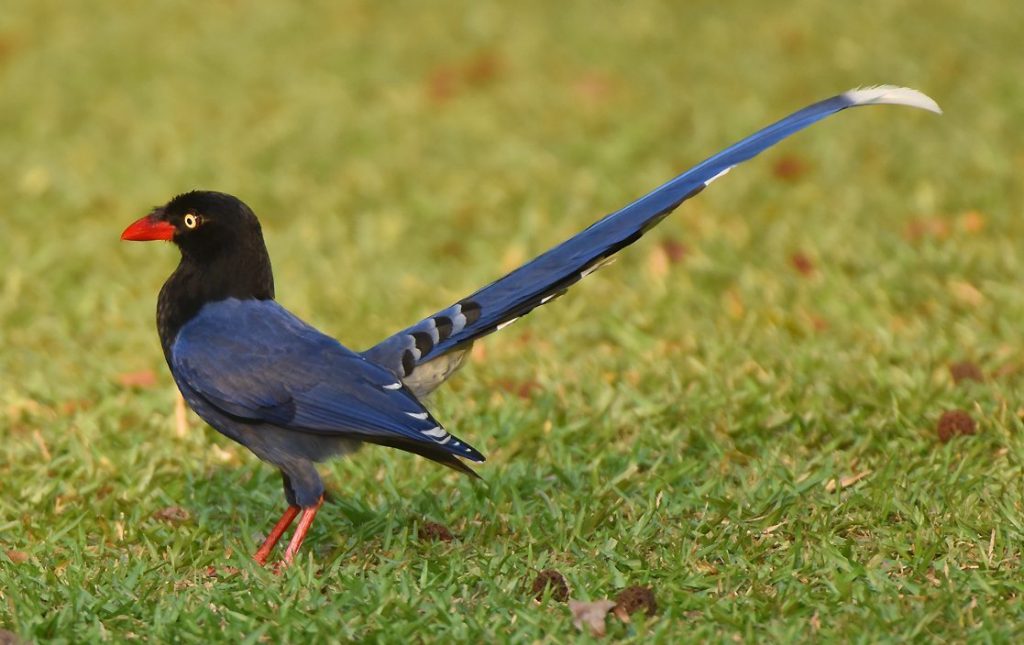
One of the more entertaining, confusing, and at times frustrating elements of assembling a list of birds you want to study or detect on a trip is that not all authorities are in agreement at any one time as to the common name. Nor do the authorities agree upon when a species deserves full species status or even sub-species designation. This is especially true of islands and other isolated populations. Scientific names are the most informative, and for birding Taiwan we use multiple field and reference guides. Primary among the resources are the most recent designations listed by the Bird Records Committee of the Wild Bird Federation of China and the Clements Checklist of the Birds of the World which recognizes 26 bird species as endemic and 70 endemic subspecies.
Of course these academic differences (brain candy or annoyances depending on perspective) tend to become distant when you are experiencing the bird up close and in real life. Here are a couple of endemic bird sub-species from our most recent trip to Taiwan:

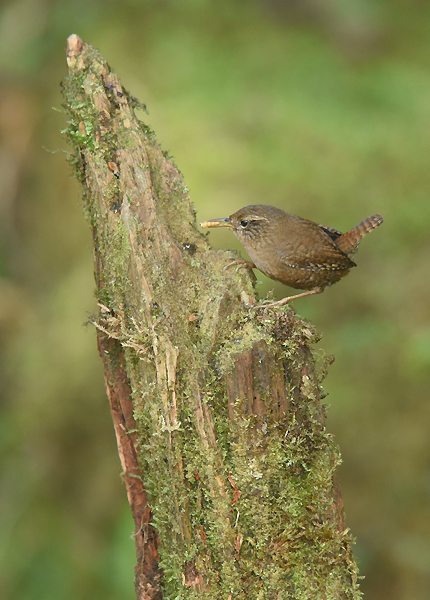
Early spring in the mountainous reaches of Taiwan, where we spent much of our time, is still a bit too cool for many reptiles and butterflies. We were surprisingly lucky with mammal sightings: all three tree squirrels and wonderful looks at flying monkeys… errr, one of three flying squirrel species on the island. The Red and White Giant Flying Squirrel, at over a meter long, certainly earned the name. Typically they glide from tree to tree at distances of up to 20 meters. Downhill flights of over 400 meters have been documented! Our first encounter was just outside our cabin with a startling leap less than two meters over our heads. We all ducked instinctively; laughter ensued.
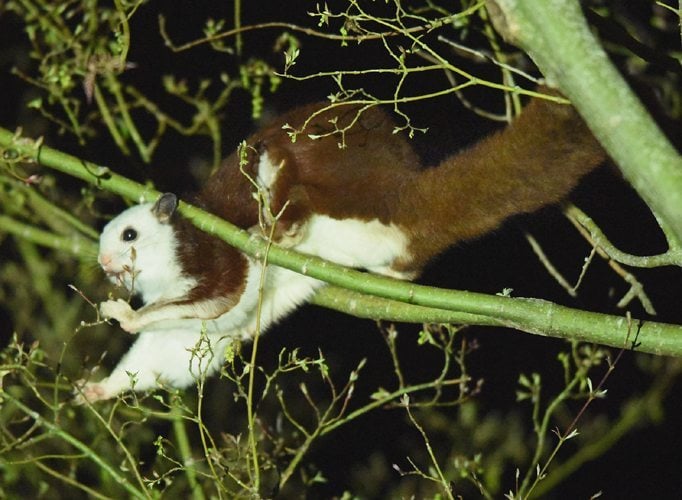
We were very fortunate to enjoy a stare back from the only endemic bovid of Taiwan, a rather large but rarely seen, Formosan Serow (Naemorhedus swinhoei).
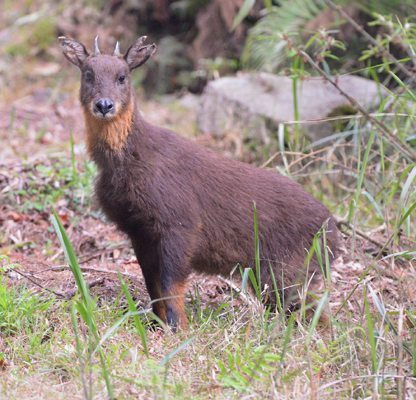
March in Taiwan, as in our home state of California, includes a good number of lingering “winter birds,” plus a few early migrants, along with the colorful year-around residents. The guides were regularly receiving updates on their “smart” phones from friends about the latest sightings and rarities. In the prime birding areas we would run across Richard and Stone’s colleagues and birding buddies where recent experiences and sightings would be shared.
Near the end of the trip we decided to alter the route slightly to chase a couple of these rarities. We drove to the northern end of the island where there was a rumor of Eurasian Hoopoe being present. It was very birdy and we noted Oriental-turtle and Spotted Dove, Javan Myna, Black-faced Bunting, a couple of Grey Treepie, Formosan Blue-Magpie… the list soon grew. Another birder shared that he had seen Hoopoe about 15 minutes earlier but it had flown out of the area. Add a couple of swallow species, Tree Sparrows, Black and Light-vented Bulbuls, “Oh there’s a Pale Thrush,” and now a new one: Dusky Thrush (Turdus eunomus), listed as a “scarce migrant” in Taiwan and a lifer for Noreen and me.
The happy search continued but we were starting to doubt any Hoopoe love. There’s a male Daurian Redstart — gonna miss them when we’re back in America. We won’t likely be seeing Red Turtle Dove at home this summer either, unless we visit a zoo. Then, just when we were giving up hope, there it was: tucked into some high grass at first, and then it moved a bit into the open and Wow! Unmistakable, all right! This is a largish pink bird with barred black and white wings and tail, long decurved bill, a long tufted crest giving it a crazy-cool looking ice-hammer shaped head. A low, undulating flight style shows off the barred wing patterns as it moves from place to place probing the ground for invertebrates and scoring often. A couple of other birders joined in to follow it from a respectful distance, still somewhat paparazzi-like, trying to get a better angle. At one point it flashed open its crest like a big fan — totally cool — what a bird!

The strange visitor from Siberia
Later that afternoon we approached the Qingshui wetlands and were still several hundred meters away when we saw it… you really couldn’t miss it… it was HUGE! Absolutely dwarfed the herons and egrets that were the only other “large” birds present. Cranes are large in general but Siberian Cranes are particularly so with wing spans up to 230 cm and weighing up to a whopping 9 kg. By comparison, the largest of the two Sandhill Crane sub-species (the Greater), which breeds in the Sierra Valley in California, never reaches 5 kg.
Qingshui is modest as wetlands go, not more than 100 acres in all, surrounded by a few plots of rice and development. Still, the crane has been there since mid-December so the site was working out so far for this wayward giant youngster, a much celebrated first-ever record for the Island.
Siberian Cranes are listed as Critically Endangered with approximately 3,200 birds worldwide; 95 percent of this species winters in an area of China threatened by the Three Gorges Dam. There are only about 10 individual wild birds in Western Siberia. Concerns regarding extinction of this species are very high. This was a very big deal to have one end up in Taiwan and people seemed to appreciate the gravity of the situation.
The young crane was surrounded by over 50 admirers, many large-lens photographers, and a volunteer from the Taiwan Wild Bird Society was on the scene. The bird basically ignored all of us. Information on the species had been posted and people kept back so that their viewing and photographing would not cause alarm to the crane or the other wading birds. It was a real crane love fest.
The crane was quite successfully foraging. This consisted of digging its bill into aquatic vegetation and mud, snagging polliwogs and aquatic invertebrates. Once in a while, energetic wing flapping and hopping would ensue and camera shutters whirled with excitement hoping to catch the bird taking off in flight. But the crane never did actually fly. Instead it continued stretching and exercising, perhaps getting ready for a big departure to join a crane group on a risky, nearly-200 km trip across the Straights of Taiwan to the mainland. And then, with luck, all the way to a small area in the Russian Arctic to join up with its kind.
And with more luck perhaps it will find a mate and have young.
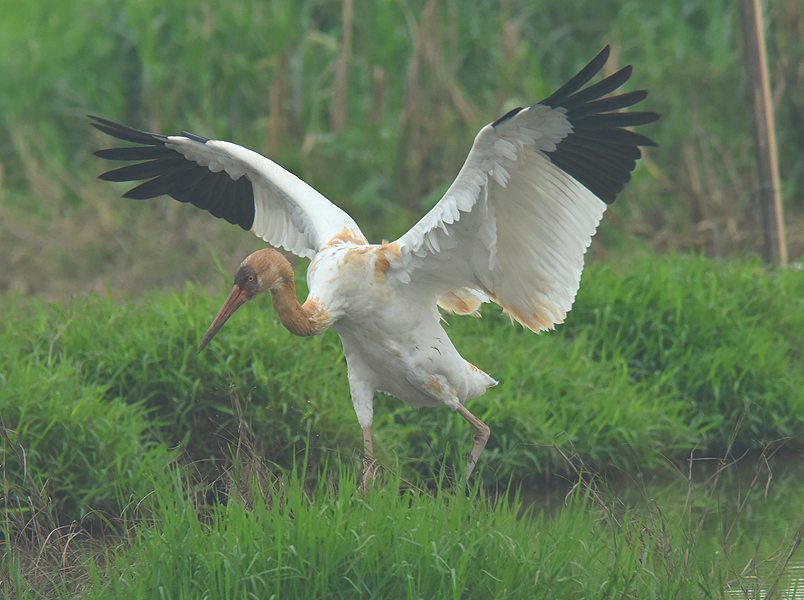
Does this whet your interest in birding in Taiwan? There are still a couple of spaces left on the trip that Eddie Bartley and Noreen Weeden will be leading, together with local Taiwanese guides, from October 21 to November 2, 2015. For more information, see the Travel with GGBA web page or contact Eddie at eddie@naturetrip.com. Registration deadline is July 15.
———————————
Eddie Bartley is an instructor, trip leader, and volunteer naturalist for Golden Gate Bird Alliance and founder of Nature Trip, a natural history travel company. He is currently co-teaching the year-long Master Birder class co-sponsored by Golden Gate Bird Alliance and California Acdemy of Sciences.
